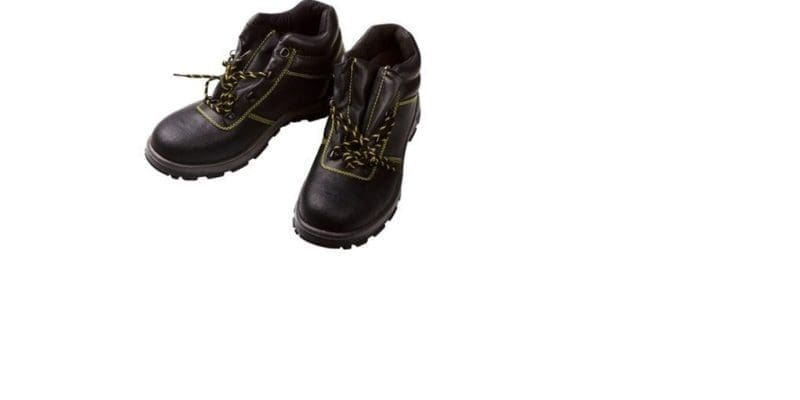
Safety First: Exploring the Diverse Applications of Safety Shoes
The majority of the workforce in most countries is in the blue-collar industry, including construction and industrial workers; for such workers, safety boots are a must-have.
Safety shoes are solely made to protect employees in workplaces from the work hazards they might be exposed to; they are part of personal protective equipment. This article outlines the uses of these shoes.
Personal protective equipment for workers is part of the regulations to be observed by employers and employees concerned with their safety. Construction sites, industries, petrol stations, and franchises are some places to find these shoes in use.
Why are they a requirement? That remains the big question. Let us look at the various roles of these shoes;
-
Protection against falling objects
In a construction site, objects fall accidentally many times, the objects falling include stones, nails, wires, and such might cause injuries to workers and affect their performance, in addition to imposing additional medical costs. Safety boots offer protection to avoid these injuries to the feet. Such injuries are not limited to construction workers.
In manufacturing industries, production equipment often spills and causes harm. These shoes are made with materials that offer protection against such kinds of accidents.
-
Protection from cutting hazards
Lumberjacks are exposed to cutting risks more than anyone. A chainsaw can cause serious injury, including cutting the feet and toes. Safety shoes are made with steel to protect against such injuries.
-
Protection from electricity shocks
Electricity-associated accidents in the workplace can cause great misfortunes in workplaces. Electricity-associated risks come from the buildup of static energy and poor connections. Safety boots are made of rubber, a non-conductor of electricity, which protects workers from electricity-associated hazards.
-
Protection from slipping and falling
These shoes come with treads that prevent sliding on slippery grounds. Malls and construction workers using ladders are among the people exposed to the dangers of slipping.
Moreover, certain ladders made of metal are easy to slide from and seriously injure yourself. Cleaning tiled floors offer the risk of slipping, and that is why these shoes come in handy in such scenarios.
-
Prevention of exhaustion
The shoes are made with materials that support the feet, ensuring comfort even when you stand for long hours.
-
Preventing burns in workplaces
Workers are exposed to burn-associated risks in the chemical manufacturing, restaurants, and food processing industries. Chemical spills cause catastrophes upon coming into contact with the skin.
Restaurant staff in the kitchen are also exposed to burning risks, and workers in processing industries where heat is utilized in the value chain. Safety boots are made up of materials that make them liquid-proof, such that your feet are protected in case of a spill.
Conclusion
Safety boots minimize many of the risks we are exposed to in the workplace, increasing efficiency and avoiding extra costs from accidents. Employers considering this option for safety are not limited as these shoes cut across most industries.
As a result, these shoes are effective for use especially for workplaces that are prone to hazards.
